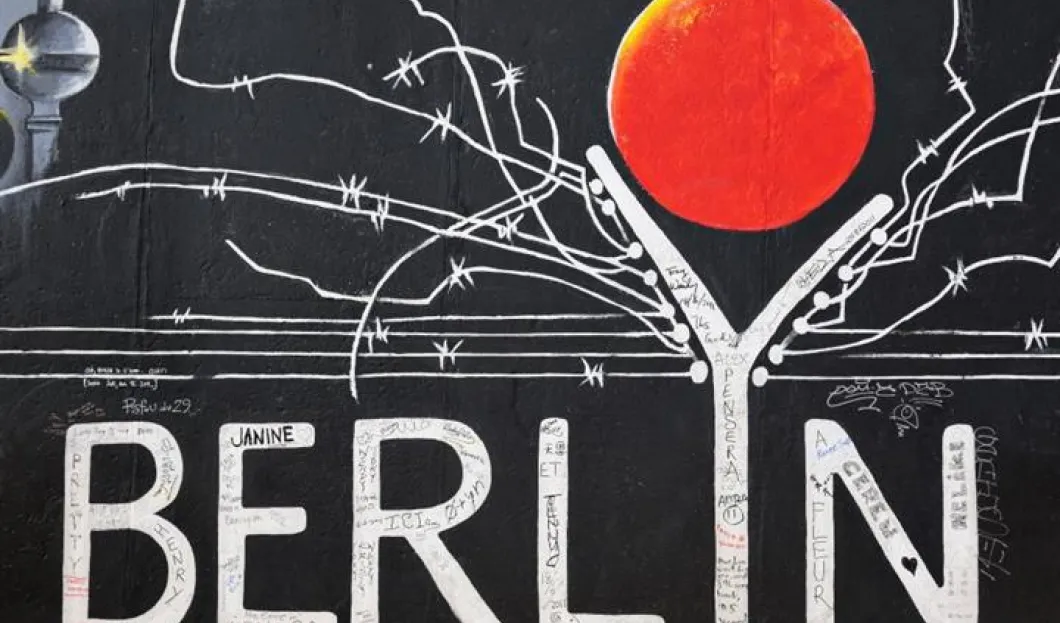
Not everyone considers graffiti art. Though in some cities, it is an important part of it. On many of the walls, there are genuine works of art. It is no wonder that many visitors to cities want to explore these unique tourist attractions.
Tourists are no longer just the classic sightseeing types. Activities with locals seem to be more popular. But even art outside great museums is of interest to travelers. Street art tours are gaining importance.
Especially in Berlin there is a lot of street art to see. This year, the German capital once again dedicated a museum exhibition to street art only – The Museum of Urban Contemporary Art. But Berlin visitors stumble over graffiti on almost every street corner. They have become popular tourist attractions in Berlin.
Leonardo Leckie, who has been running street art tours for the past seven years in Berlin, says: “Half of my tourists consider street art as a smear.” Only during the tour did they discover the artistic aspect and begin to like it.
“The decision whether it is vandalism or art is often in the eye of the beholder,” Christian Tänzler from Visit Berlin remarks. While signs in public places and the so-called “bombing of trains” can be interpreted as vandalism, the deeper in the city you go, the more artistic street art is. Some works are tolerated, though they are purely illegal.
“Any kind of change or damage to an object that does not belong to the artist is material damage,” says Hendrink auf der Heidt, who organizes graffiti workshops.
In addition to graffiti, there are many other types of street art today. These include chalk paintings, tape art, and paper art when the prefabricated art pieces are glued to public walls. Street Yogi is also a part of street art. These are small cork males, which are hardly visible on road signs. A Berlin Yoga teacher invented the small figures.
With the fall of the Berlin Wall in 1989, a completely new graffiti movement arose in Berlin. Gangs started spreading abbreviations with spray cans and graffiti pencils. Since then, Berlin has been one of the world's most famous street art cities, alongside New York and London.
One of Berlin's most popular tourism attractions is probably the East Side Gallery. 118 artists from almost two dozen countries designed the longest preserved piece of the Berlin Wall in 1990. Another example is the astronaut created by Victor Ash at the Mariannenstraße in the district of Kreuzberg. It symbolizes the space race between the US and the Soviet Union during the Cold War.
Leckie sees street art “as an addition to the classic sightseeing monuments”. Many of its up to 40 international tourists a day make classic sightseeing tours beforehand. Street art tours are ranked second or third in terms of popularity.
In the past seven years, Leckie has noticed that discovering street art in Berlin is becoming increasingly difficult. “The city is developing rapidly. There is a lot of improvement, prices are rising, and socioeconomic structural changes are continuing,” he says.
Less street art is created, and old works are lost. How his future as a guide of street art tours looks is uncertain. At least the East Side Gallery artworks will probably remain in Berlin because they are being renovated regularly.










